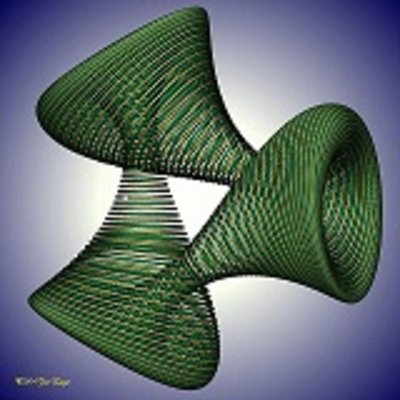
Topology is a branch of modern geometry in which spaces are studied in terms of their shape. Topologists translate geometric problems into the world of algebra. Topology therefore deals with the relationship between spaces and algebraic structures such as numbers or equations. Their conceptual apparatus is so powerful that hardly any geometric problem has not been topologized with profit. The Topology workgroup conducts research in various areas of algebraic topology. In particular, this includes homotopy theory, bordism theory and elliptic cohomology. Our field of work includes the study of manifolds (as they appear, for example, as solution sets of systems of equations) or of more general topological spaces. In algebraic topology, algebraic quantities are assigned to these geometric entities. As a rule, such an assignment is required to be invariant under continuous deformations, so-called homotopies.
The algebraic quantities can be numbers (e.g. the Euler characteristic or genera), polynomials (e.g. the Alexander polynomial of a knot), groups (e.g. homology and homotopy groups), rings (e.g. cohomology rings) and others. The finer the assigned algebraic structure, the more we can say about the topological spaces.
In this context, it has proved useful to incorporate the theory of elliptic curves for the qualitative description of manifolds. The impetus for this new development was provided by the physicist and mathematician Ed Witten, who studied the behavior of the smallest loops ("strings") in manifolds. The aim of the so-called elliptic cohomology theory is to place the string theory of physicists on a solid mathematical foundation and also to apply it within mathematics to classification problems, homotopy theory problems and index problems. Algebraic topology thus forms a link between the various fields of string theory, topology, algebraic geometry, differential geometry and global analysis.